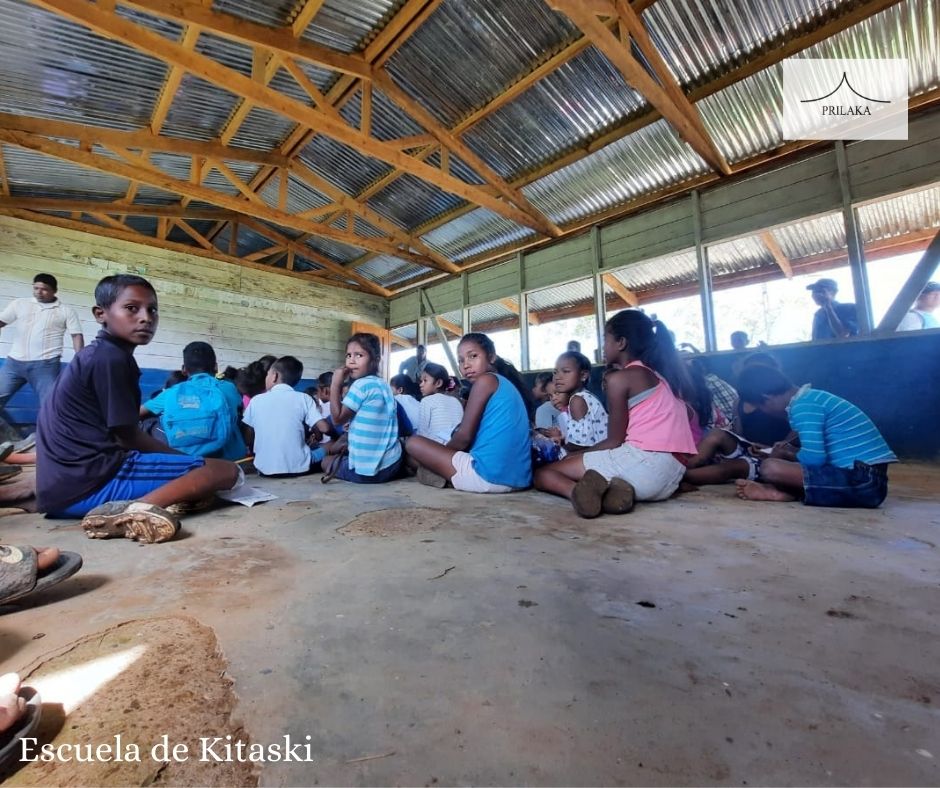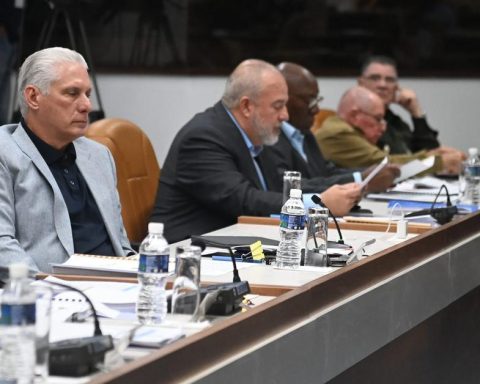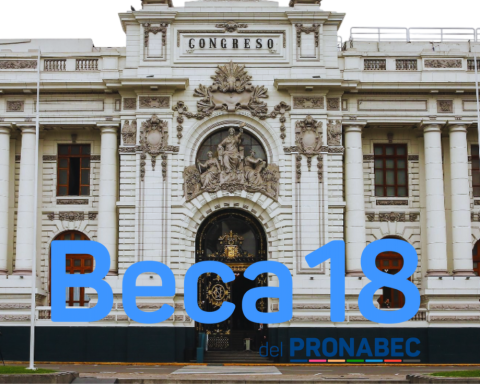After more than 10 years of being declared a protected area, the State, through the Ministry of the Environment (MiAmbiente), began a consultation process for the preparation of the management plan for the Donoso multiple-use area, in the province of Colon.
This week, MiAmbiente published the draft of the document on Donoso on its website and those interested in this process will have until April 5 to present their observations.
A management plan is the environmental management instrument that regulates the use of soils in a certain protected area or reserve.
For the Minister of the Environment, Milciades Concepción, after so many years it is time to develop a plan to regulate the situation within Donoso, since in 2009 the entire district was declared a protected area, which resulted in homes, churches and private farms, among others properties, would be trapped within the declaration and could not be titled.
“We hope that citizens give their opinions and make their observations about it,” said Concepción.
According to the draft of the document, the biodiversity of Donoso is of transcendental importance for the natural heritage of Panama, due to its strategic position on the Caribbean slope, since it maintains a viable connection of undeveloped lands, key to maintaining the connectivity of the corridor. biologic of the Panamanian Atlantic.
“The conservation of its natural resources and the recovery of deforested areas require planning that allows proper management and at the same time promotes sustainable development,” says the letter.
To get an idea of the ecological value of this area of the country, Donoso provides shelter to more than 650 species of flora and fauna, most of them threatened, rare, regional, binational and national endemics, of restricted distribution, with vulnerable populations and in danger of extinction. extinction.
The studies record the presence of some 256 threatened species, including 70 species of plants, 25 mammals, 69 birds, 49 reptiles and 43 amphibians. In addition, the wealth of aquatic and marine species in the Donoso area includes 24 species of fish, two molluscs and three crustaceans, both freshwater and coastal marine.
The management plan also warns that one of the main characteristics of the Donoso and Omar Torrijos districts is the scarce institutional presence, and the few that exist are located in Miguel de la Borda, head of the Donoso district, which is where The municipal government, a police station and the health center are located.
This little institutional presence has become one of the main problems in the area, especially related to citizen security. In turn, it cites as environmental problems or threats the reduction of habitats, deforestation on riverbanks, water pollution, inadequate management of solid waste and soil erosion and loss of fertility, as well as floods due to strong rains and the inappropriate exploitation of natural resources.
Regarding land ownership, according to the information collected in the field —through community workshops and interviews—, most of the farms in the area do not have property titles. In other words, the right of possession prevails, even when the inhabitants recognize the importance of regulating their tenure status, especially due to real estate speculation in coastal areas that has led to land grabbing and speculation.
Currently, the Donoso multiple-use area comprises 177,065 hectares and there are 1,796 applications for land titling in the area, covering some 71,903 hectares. To this must be added the mining concession, which covers 12,955 hectares, which means that, between titling procedures and the mining concession, there is 48% of the area of the requested site.
At the moment, the diagnosis of the Ministry of the Environment identified that livestock and agriculture constitute the economic activities that have occupied the greatest extension of territory. However, mining also plays an important role in the economic activities carried out in the area. Mining is fundamentally deployed in the western sector of the protected area.
As part of the analysis carried out, the document published by the Ministry of the Environment proposes that the protected area be divided into seven use zones, for example an area of absolute conservation, another of water protection and one of intensive use, among others.
In this context, one of the largest areas would be that of absolute conservation, which would include natural areas with little or very little human intervention, with fragile ecosystems and mature forests.
The environmental goods and services provided by this area are of great importance for biological conservation and require a maximum degree of protection. Its extension would be 68 thousand 905 hectares.
The intensive use zone would be the largest, with 88 thousand 41 hectares, and would cover areas that present a high degree of alteration of the ecosystems due to human settlements and agricultural activity. There, the development of agricultural, livestock and tourist activities would be allowed.
There would also be a special use zone, which would correspond to the polygon granted by the State for industrial mining development, with an area of 16,000 hectares.
For Isaías Ramos, a biologist at the Center for Environmental Advocacy, concretizing a management plan for Donoso is a step in an area abandoned for decades and with no control by the different governments.
However, he stressed that this plan must arise from the firm conviction of not continuing to destroy what exists and that the communities must be supported in sustainable activities that improve their lives.
“Using any mechanism as a strategy to launder mining in the area and justify its existence would not only contradict the reason for being of a protected area, but another mechanism so that, speaking of the environment, ecosystems continue to be destroyed,” he concluded.








